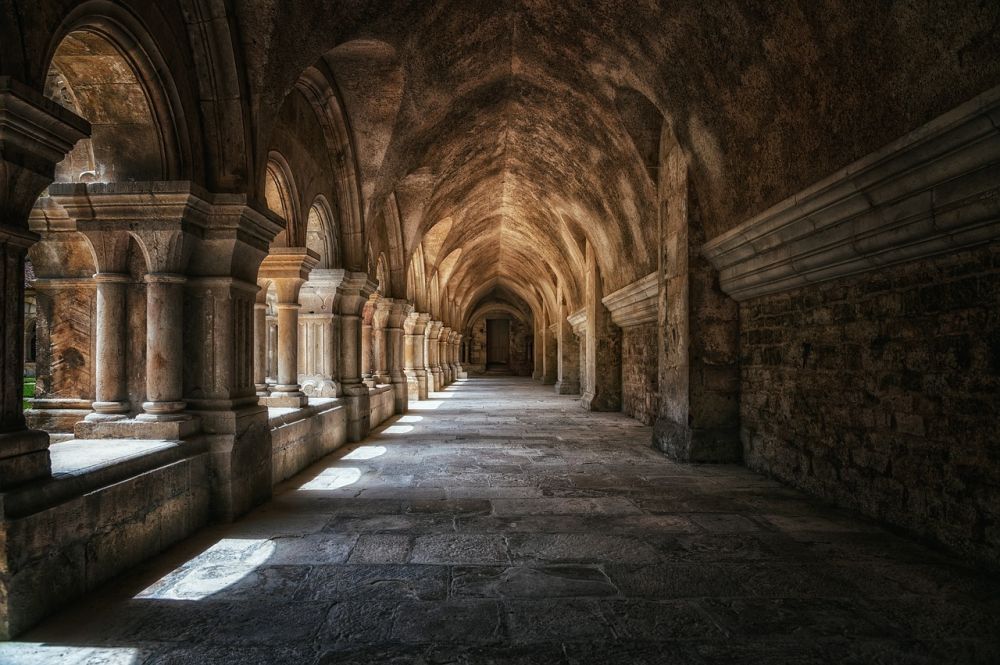Alvar Aalto Buildings: A Comprehensive Overview

Introduction:
Alvar Aalto, a renowned Finnish architect and designer, is widely celebrated for his innovative approach to architecture. His distinct style, characterized by harmonious integration with nature and emphasis on functionality, has left a lasting impact on the architectural world. In this article, we will delve into the world of Alvar Aalto buildings, providing a thorough overview of their significance, types, popularity, and unique characteristics.
1. Understanding Alvar Aalto Buildings:

Alvar Aalto buildings refer to the architectural creations designed by the renowned Finnish architect, Alvar Aalto. Aalto’s work spanned several decades, from the 1920s to the 1970s, and his buildings can be found not only in Finland but also in various parts of the world. Aalto’s architectural philosophy centered around creating spaces that not only served practical purposes but also promoted human well-being and harmonious coexistence with nature.
2. Types and Popularity of Alvar Aalto Buildings:
Aalto’s portfolio encompasses a diverse range of building types, including residential houses, public buildings, cultural institutions, and even furniture designs. His most renowned works include the Paimio Sanatorium, the Villa Mairea, and the Finlandia Hall. These buildings stand as iconic examples of Aalto’s distinct design principles and have gained international recognition for their architectural excellence.
3. Quantitative Measurements of Alvar Aalto Buildings:
Quantitative measurements can provide us with valuable insights into the impact and scale of Alvar Aalto buildings. For instance, the Paimio Sanatorium, designed by Aalto in the 1930s, stands as a testament to Aalto’s innovative design principles. With its unique ventilation system and ergonomic furniture, the sanatorium aimed to improve the well-being of tuberculosis patients. By analyzing the number of patients treated and the success rates achieved, we can gauge the effectiveness of Aalto’s architectural interventions.
4. Exploring the Differences Among Alvar Aalto Buildings:
Despite sharing a common design philosophy, each Alvar Aalto building possesses unique features and characteristics. For example, the Villa Mairea showcases Aalto’s mastery of blending natural elements with modernist design principles. On the other hand, the Finlandia Hall reveals his ability to create a strong civic presence while seamlessly integrating with the surrounding landscape. These differences highlight Aalto’s versatility as an architect and his ability to respond to the distinct contextual requirements of each project.
5. A Historical Review of the Pros and Cons of Alvar Aalto Buildings:
To truly appreciate Alvar Aalto buildings, it is crucial to examine the historical context and assess the merits and drawbacks associated with them. Aalto’s designs have often been praised for their human-centric approach and seamless integration with the natural environment. However, his aspiration for functionalism sometimes led to challenges, such as difficulties in adapting buildings to changing needs over time. Understanding these historical nuances allows us to appreciate the evolution of Alvar Aalto’s design principles and their impact on contemporary architectural practices.
In conclusion, Alvar Aalto buildings represent a significant contribution to the world of architecture, with their holistic approach to design, functionalism, and connection to nature. Their popularity continues to endure, attracting enthusiasts and scholars alike. By exploring the various aspects of Alvar Aalto buildings, from their types to historical significance, we gain a deeper appreciation for their enduring relevance and architectural excellence.
References:
– Uddgren, O., & Aalto, A. (1995). Alvar Aalto: Architect and Humanist. Rizzoli International Pub.
FAQ
What are Alvar Aalto buildings?
What makes Alvar Aalto buildings unique?
What types of buildings did Alvar Aalto design?
Fler nyheter
Vikten av att ta ett professionellt körkortsfoto på Östermalm
Introduction: Alvar Aalto, a renowned Finnish architect and designer, is widely celebrated for his innovative approach to architecture. His distinct style, characterized by harmonious integration with nature and emphasis on functionality, has left a ...
29 november 2025
Fotograf i Umeå: Skapa minnen som varar
Introduction: Alvar Aalto, a renowned Finnish architect and designer, is widely celebrated for his innovative approach to architecture. His distinct style, characterized by harmonious integration with nature and emphasis on functionality, has left a ...
30 oktober 2025
Bröllopsfotograf: en nyckelperson i din bröllopsberättelse
Introduction: Alvar Aalto, a renowned Finnish architect and designer, is widely celebrated for his innovative approach to architecture. His distinct style, characterized by harmonious integration with nature and emphasis on functionality, has left a ...
01 september 2025
Guide till att ta passfoto i Vällingby
Introduction: Alvar Aalto, a renowned Finnish architect and designer, is widely celebrated for his innovative approach to architecture. His distinct style, characterized by harmonious integration with nature and emphasis on functionality, has left a ...
05 mars 2025











